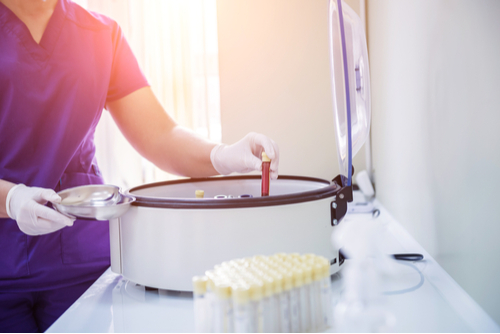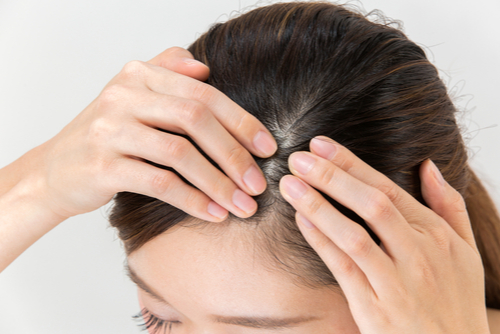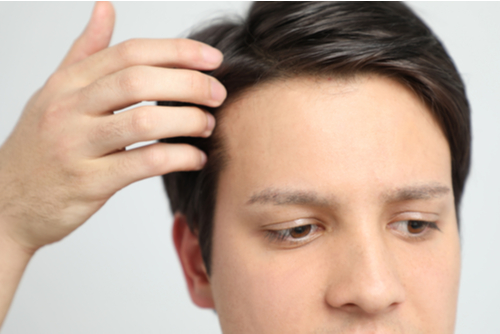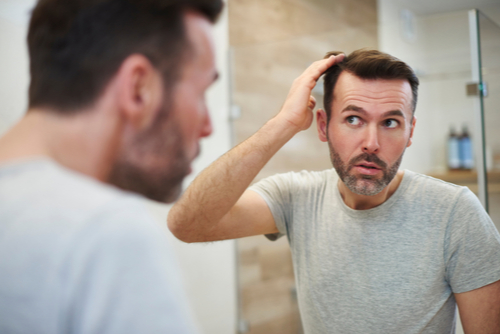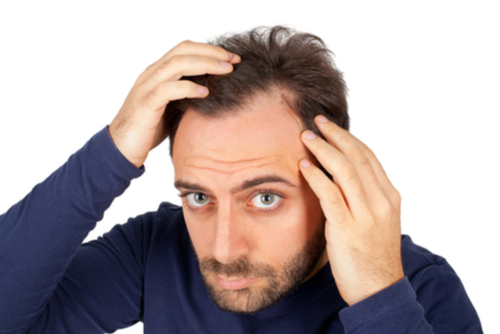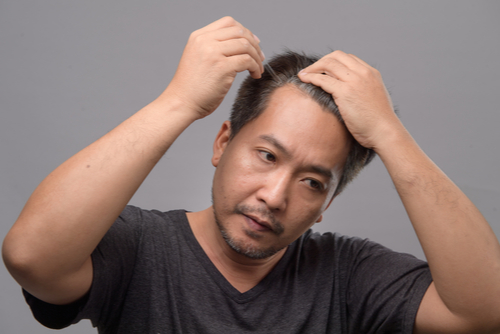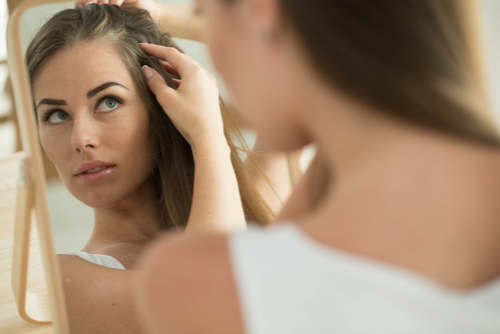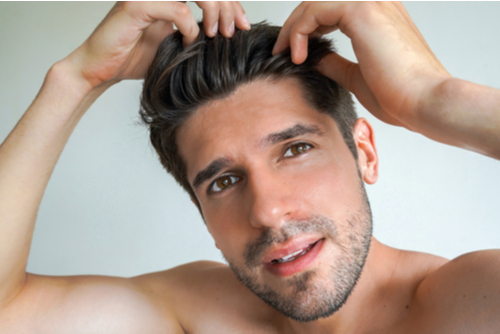
When considering hair restoration options, patients want to try the ones they can feel confident will provide results. Since reasons for hair loss differ and every individual person responds differently to every treatment, it can be difficult to find the right hair restoration technique for you. When patients come to us with concerns about hair restoration, a frequent question we hear is, “Does PRP for hair really work?”
PRP hair restoration is a great method for restoring thinning hair and reversing the early stages of genetic hair loss. It can slow the hair loss process. Therefore, PRP for hair usually does work well in these situations. Occasion touch up treatments every year or so can continue to hinder hair loss as you grow older.
For patients who have seen more rapid hair loss or who are at the more advanced stages of hair loss, PRP hair restoration may not be the most effective option. Sometimes, in cases where hair was lost due to medications or disease, PRP may help hair growth once resolved. Though, the hair usually will return regardless. Otherwise, for older patients or those with more extensive loss, your provider may recommend hair transplant surgery or other similar procedure.
PRP hair restoration can work well with other hair restoration treatments such as minoxidil. Your provider can discuss these options with you. To schedule a consultation, call us at 206-279-2112. You can also reach out online via chat or contact form.

